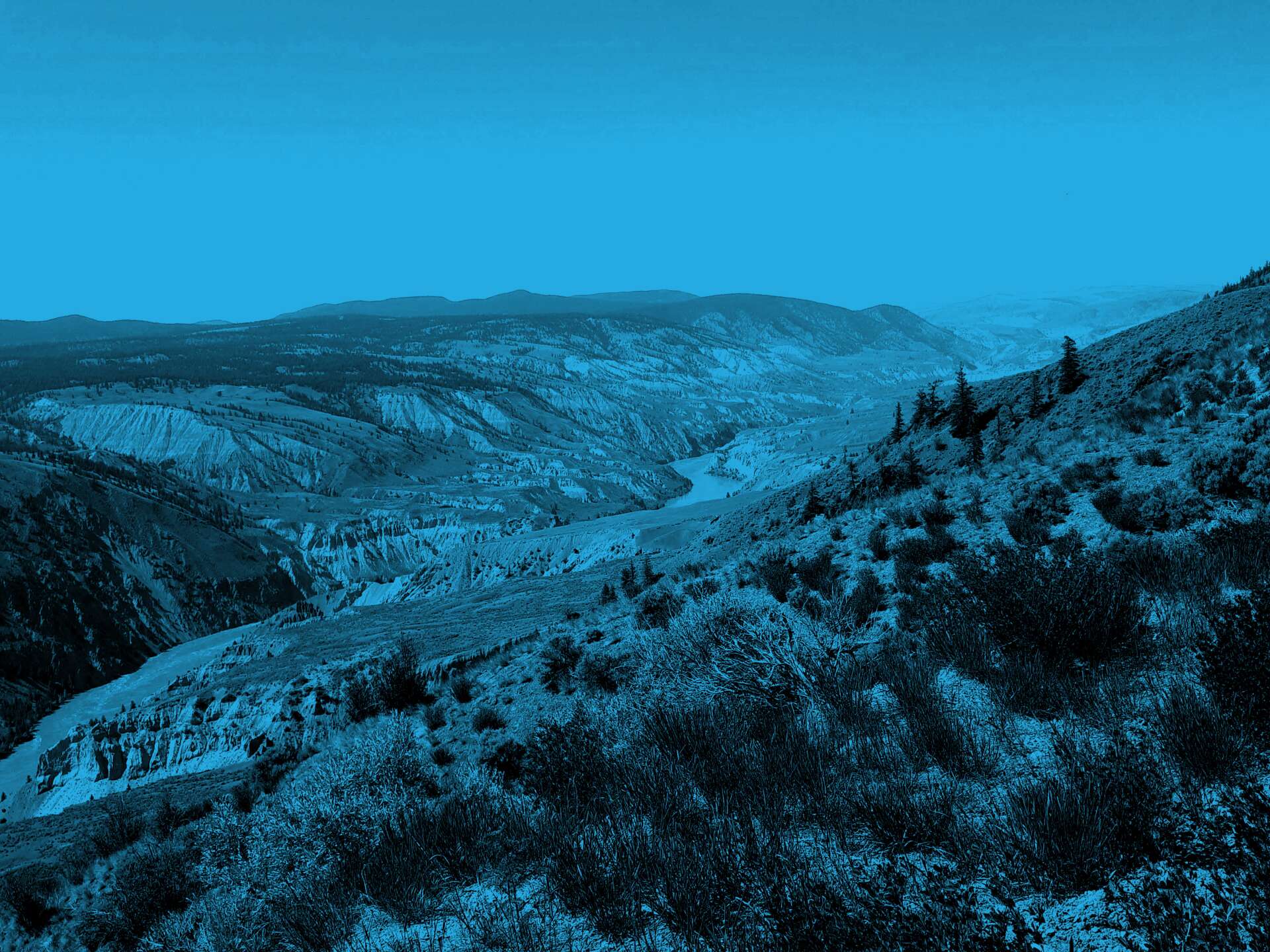Next week we’ll look forward to what we might expect in 2016, but first a brief retrospective on Aboriginal law in 2015.
The Good
Two court decisions stand out: Saik’uz and Chartrand from the British Columbia Court of Appeal.
A lot has already been written about Saik’uz, especially by the right-wing, sky-is-falling crowd (the Fraser Institute devoted an entire report to the decision). Lost in the hand-wringing were two important points.
First, the issue in Saik’uz was whether or not the matter should be allowed to proceed to trial. The Court ruled in favour of the First Nations on that specific point. The trial itself is still to happen. Whether or not the First Nations succeed in proving Aboriginal title and obtaining a remedy against Alcan based on nuisance and/or breach of riparian rights is yet to be seen.
Second, there is nothing radical about Saik’uz. The Court applied the same well established common law rule that non-Indigenous people and corporations have always enjoyed: a party is allowed the opportunity to prove at trial the rights required to succeed in its claim.
Our case comment for Chartrand is available here. In sum, the decision makes five important points:
- it dispenses with the dubious argument that it is impossible for Treaty Nations to also claim Aboriginal title and rights;
- it is another example of the courts rejecting a site-specific assessment of impacts on Aboriginal title, rights and Treaty rights;
- the decision speaks to Indigenous Peoples’ jurisdiction over their lands;
- it is a welcome reminder that when it comes to the duty to consult, not just any consultation process will do; and
- it is a welcome check to a tendency by some courts to take a narrow view of governments’ obligations to consult and accommodate.
The Bad
On the negative side of the ledger were two duty to consult decisions which underscore the potential hollowness of what is supposed to be a constitutional obligation.
The Yukon Court of Appeal’s decision in Nacho Nayk Dun (the Peel Watershed decision) added to growing frustration with securing a meaningful remedy in duty to consult cases. If governments can unilaterally ignore constitutional obligations, fight Indigenous Peoples to the bitter end in court, lose and then get awarded a mulligan by the court, what future is there for the duty to consult and accommodate?
And then there’s the Chippewas of the Thames First Nation Enbridge Line 9 decision from the Federal Court of Appeal. Through labyrinthine reasoning the majority of the Court managed to sidestep the Supreme Court’s Rio Tinto decision and create a loophole for the avoidance of the Crown’s constitutional obligation to consult and accommodate.
Leave to appeal applications to the Supreme Court have been filed for both Nacho Nayk Dun and Chippewas of the Thames. It’s in the interests of all Canadians, Indigenous and non-Indigenous, that the Court agree to hear both appeals. Doing so would give the Court an opportunity to clarify the practical consequences of the duty to consult and accommodate as a meaningful constitutional imperative.
Bruce McIvor, lawyer and historian, is principal of First Peoples Law Corporation. He is also an Adjunct Professor at the University of British Columbia’s Allard School of Law where he teaches the constitutional law of Aboriginal and Treaty rights. Bruce is a proud Métis from the Red River in Manitoba. He holds a Ph.D. in Aboriginal and environmental history and is a Fulbright Scholar. A member of the bar in British Columbia and Ontario, Bruce is recognized nationally and internationally as a leading practitioner of Aboriginal law in Canada.
Follow Bruce on LinkedIn and Twitter
For more First Peoples Law analysis, visit our blog
Sign up for our Aboriginal Law Report
